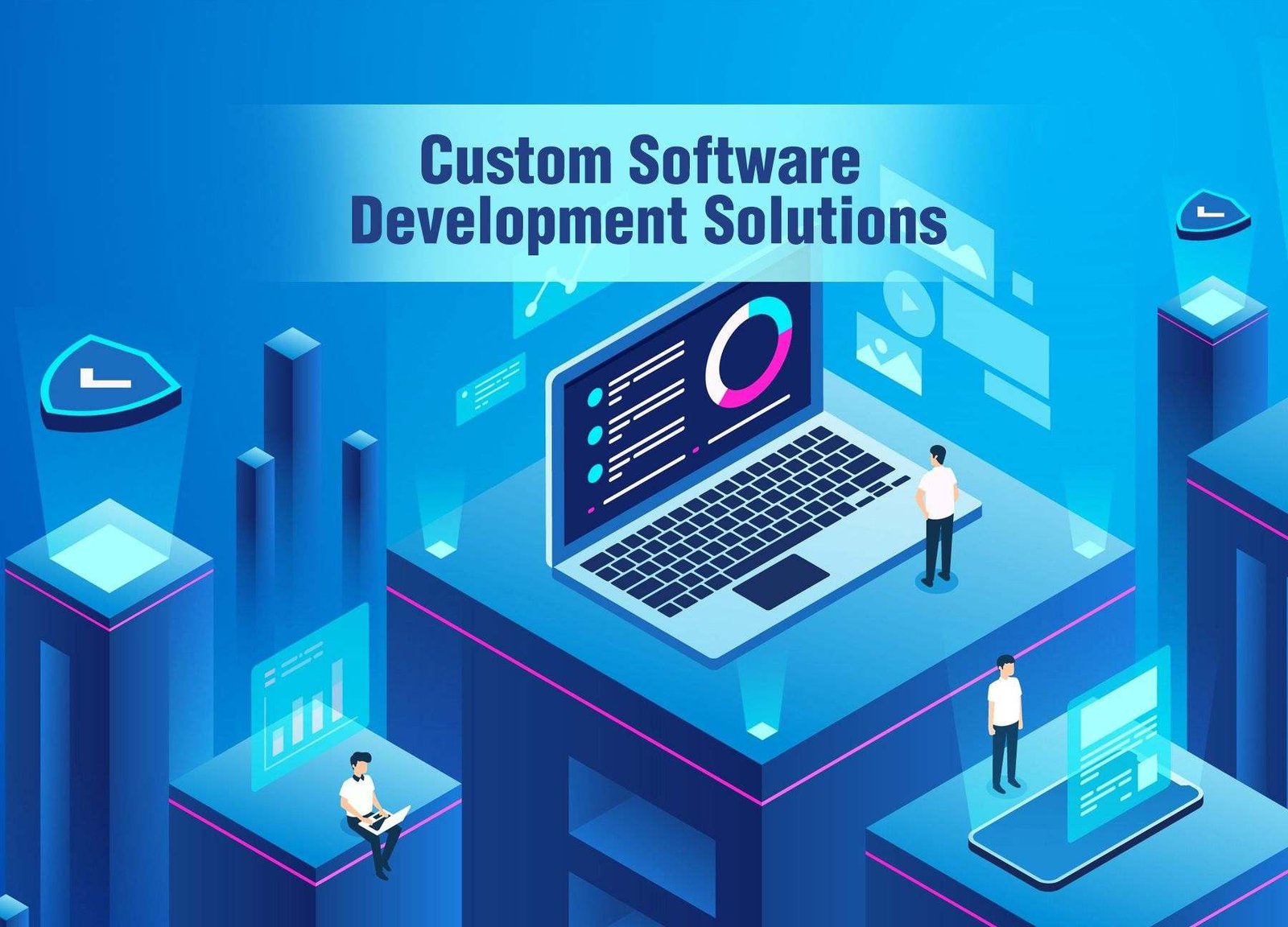Today businesses rely on multiple software systems to manage operations. However, disconnected systems can lead to inefficiencies, errors, and delays. This is where software integration steps in, acting as the bridge that connects various systems into one cohesive ecosystem. Whether you’re a growing startup or a well-established enterprise, partnering with a reliable software integration company can transform your business operations.
What is Software Integration?
Software integration involves combining different software applications into a unified system to ensure seamless data flow and communication. This process eliminates silos, enabling businesses to make informed decisions based on real-time information.
Key Benefits of Software Integration
Improved Efficiency
Integrated systems streamline workflows, eliminating redundant tasks and saving time.
Enhanced Data Accuracy
With synchronized systems, businesses can avoid data duplication and inconsistencies.
Cost Savings
By improving productivity and reducing errors, software integration minimizes unnecessary expenses.
Also Read : Adaptive Software Development
Types of Software Integration
Enterprise Application Integration (EAI)
This type connects enterprise-level applications like CRM and ERP systems for better data flow.
Data Integration
It focuses on consolidating data from various sources into a centralized repository.
Business-to-Business Integration (B2B)
This facilitates smooth data exchange between different organizations.
Steps to Achieve Effective Software Integration
1. Identifying Business Requirements
Start by understanding your business needs and pinpointing integration goals.
2. Selecting the Right Software Integration Company
Partner with experts who offer tailored software development solutions to meet your unique needs.
3. Planning the Integration Roadmap
Create a detailed plan outlining the timeline, tools, and resources required for the project.
4. Execution and Testing
Execute the integration in phases, testing thoroughly at every stage to ensure success.
Key Considerations Before Starting Integration
Compatibility of Systems
Ensure the existing software can integrate seamlessly with new tools.
Budget and Resources
Determine the financial and technical resources required for the project.
Security Measures
Prioritize data security and compliance to avoid vulnerabilities.
Also Read : System Development Methodology
Role of a Software Integration Company
A software integration company brings expertise in managing complex integration projects. They use advanced tools and techniques to ensure seamless functionality across your systems.
Popular Tools Used in Software Integration
Middleware Platforms
These act as connectors between different applications, ensuring smooth communication.
APIs and SDKs
APIs and SDKs simplify the integration process by enabling applications to communicate with each other.
Common Challenges in Software Integration
Data Silos
Disconnected systems can create barriers to data sharing.
System Incompatibility
Different platforms may not align due to varying protocols or architectures.
Limited Technical Expertise
Lack of skilled professionals can hinder the integration process.
Also Read : How to Choose the Right Software Development Model for Your Business
How to Overcome Integration Challenges
Investing in the Right Tools
Using reliable software integration tools can mitigate many challenges.
Hiring Expert Professionals
Working with a software integration company ensures your project is handled by experts.
Time and Cost Estimates for Integration
Factors Influencing Timelines
The complexity of systems, the number of integrations, and team expertise determine the timeline.
Cost Variations
Costs depend on project size, required tools, and the integration company’s fees.
Examples of Successful Software Integration
For example, an e-commerce business integrated its inventory management system with its website, resulting in better stock tracking and fewer errors.
Importance of Testing in Integration Projects
Types of Tests to Perform
Perform functional, performance, and security tests to ensure system reliability.
Ensuring Smooth Functioning
Testing helps identify and resolve issues before deployment, ensuring a seamless user experience.
Also Read : The Influence of AI and ML on Modern Enterprise Applications
Future Trends in Software Integration
Automation and AI in Integration
Automation tools and AI are simplifying and accelerating integration processes.
Advancements in API Technologies
APIs are becoming more sophisticated, enabling faster and more secure integrations.
Conclusion
Software integration is the backbone of modern business operations, allowing systems to work together harmoniously. Whether you need enterprise-level integration or a simple data sync, working with a trusted software integration company ensures success. Take the next step and explore professional software development solutions to drive efficiency and innovation in your business.



